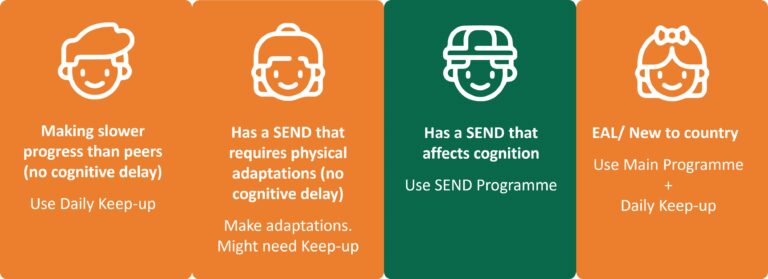Pizza is a food loved by most children and careful preparation of it can mean it’s a really healthy food. Pizza can also be used as the basis for many different lessons and here are some of the ways we’ve used pizza in lessons.
Activity One
If you’re doing a topic on Romans and the food they ate, you could look at the passage from Virgil’s Aeneid
Their homely fare dispatch’d, the hungry band
Invade their trenchers next, and soon devour,
To mend the scanty meal, their cakes of flour.
Ascanius this observ’d, and smiling said:
“See, we devour the plates on which we fed.”
Ask the children to think about what food might the people be eating when they eat their meal off ‘cakes of flour’ and then finally eat the plates!!
If they identify the food as pizza you could then introduce a pasty and discuss how it was used similarly by the Cornish miners. Calzone pizzas actually look similar to pasties anyway being a folded pizza with the filling inside. You could also introduce pita bread and show how a pita pocket was used similarly in middle eastern countries to hold a meal and then be consumed. In fact the word pizza is a corruption of ‘pita’. Ask if they can think of any other foods which wrap a meal in bread and they suggest sandwiches, which have an interesting history, wraps, tortillas, naan and parathas and many more!
Activity Two
Linking in pizzas to the science topic of healthy eating ask the children to tell you what food group a pizza base would belong to and then list the possible toppings that they might put on their favourite pizza.
Draw a food pyramid on the board and ask the children to add each topping to the food groups, so cheese would go in dairy, pepperoni would go in protein, tomatoi puree and tomato slices in fruit and vegetables.
Once you have completed the food pyramid of pizzas and their toppings ask the children to use it to design a balanced pizza thinking of healthy quantities. You could extend the activity by asking them to consider how the fat and salt content could be reduced or ways of improving the healthy qualities of the base.
Activity Three
Time to make our pizzas. Make sure hands and surfaces are washed beforehand and that an explanation of hygiene rules is given before they start otherwise the pizzas won’t be very healthy at all!! You could make a batch of dough beforehand for them to roll out and shape or get them to make the base themselves from flour, yeast and water. Before they add the toppings, discuss the order they go in and why that may be. Set groups of children to grate cheese, cut vegetables (care with knives). Originally there were only two types of pizza as we know them today, the marinara, named not because it had seafood on it but because it was made by fishermen’s wives and margherita, named after a visiting queen who wanted the pizza coloured in the flag of Italy, so red tomatoes, green basil and white mozzarella cheese!
Once the children have carefully made their pizzas they could be wrapped and sent home for cooking (store them in a fridge beforehand though!) or cooked and eaten in a Roman feast!
Activity Four
Pizzas are great for learning about fractions in mathematics. Using basic pizzas, cut them up into halves, quarters etc depending on the fractions being taught. You can use them very effectively to do simple fractions or to do mixed or improper fractions. Visually the children can easily identify that seven quarters make one whole and three quarters. They are also very good for doing addition and subtraction of fractions too and if you’re feeling really brave division of fractions where you might have four pizzas divided into sixths so twenty four sixths and share these between six people they’d have four sixths (or maybe visually two thirds) of a pizza each. This makes maths (and the tricky and potentially dull topic of fractions) exciting and motivational for the children and will guarantee that the lesson, and hopefully its objectives, will stay in their minds.
They can also be used in a shape and data extension by asking the children to consider why pizzas are round.
Dave Lewis, Primary teacher


